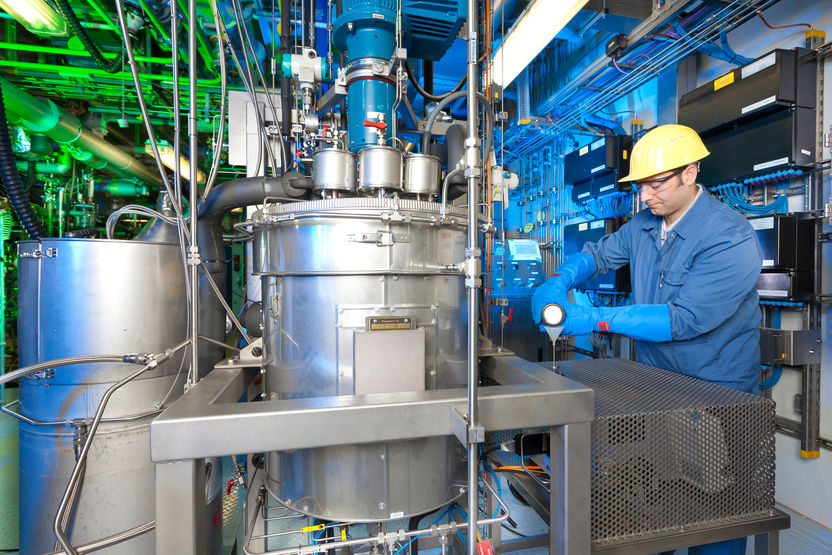Using carbon dioxide as a new raw material: Bayer starts pilot plant for plastic manufacturing with CO2
Advertisement
Bayer is taking a new direction in the production of high-quality plastics with the help of carbon dioxide (CO2) from the energy sector. A pilot plant has come on stream at Chempark Leverkusen to trial the new process on a technical scale. The plant produces a chemical precursor into which CO2 is incorporated and then processed into polyurethanes that are used in many everyday items. As a result, CO2 – a waste gas and key contributor to climate change – can now be recycled and used as a raw material and substitute for petroleum.

Bayer AG
The process is the result of the “Dream Production” project; a collaboration between industry and science. Bayer is working on the project with the energy company RWE, which supplies the CO2 used in the process. Other project partners are RWTH Aachen University and the CAT Catalytic Center, which is run jointly by the university and Bayer. The researchers recently achieved a break-through in laboratory-scale catalysis technology which makes it possible to put CO2 to efficient use, for the first time.
The new process helps to boost sustainability in a number of different ways. For example, carbon dioxide may offer an alternative to petroleum, which has until now been the chemical sector’s main source of the key element carbon. Polyurethanes themselves also help to reduce energy consumption and protect the climate. When used to insulate buildings from cold and heat, they can save approximately 70 times more energy than is used in their production.
Support from federal and state authorities
The state of North Rhine-Westphalia is – together with Bayer – supporting the CAT Catalytic Center. The “Dream Production” project is receiving federal funding amounting to approximately EUR 5 million. Including the investment of Bayer and RWE the total budget amounts to some EUR 9 million. If the testing phase goes well, the industrial production of plastics based on CO2 should start in 2015.
Parliamentary State Secretary Thomas Rachel from the German Federal Ministry of Education and Research spoke of a “revolutionary” approach that could completely change how we view CO2. “The debate on climate change has portrayed CO2 as the villain of the piece in the public eye. Now we are supporting research into alternative solutions that could make good use of CO2 as a raw material.”
The carbon dioxide used in the project comes from RWE Power’s lignite power plant in Niederaussem outside Cologne, Germany. At its Coal Innovation Center there, the company operates a CO2 scrubber where the carbon dioxide is separated from the flue gas.
At the pilot plant – designed, built and run by Bayer Technology Services – kilograms of the carbon dioxide are used to produce one of the two components essential for the production of polyurethanes. Bayer MaterialScience is testing these materials, which are used primarily to produce soft and rigid foams, at one of its existing plants.
The efficient use of CO2 is only possible because a suitable catalyst, for which experts had been searching for four decades, has finally been discovered. This research breakthrough was made by scientists at Bayer and the CAT as part of the forerunner “Dream Reactions” project, which was also funded in part by the German federal government. During the current “Dream Production” initiative, researchers at the CAT are, among other things, testing the compatibility of the catalyst with CO2 from the power plant. RWTH Aachen University is subjecting all stages of the new process to comprehensive ecological and economic scrutiny, and is also comparing it with conventional processes and products.
































































